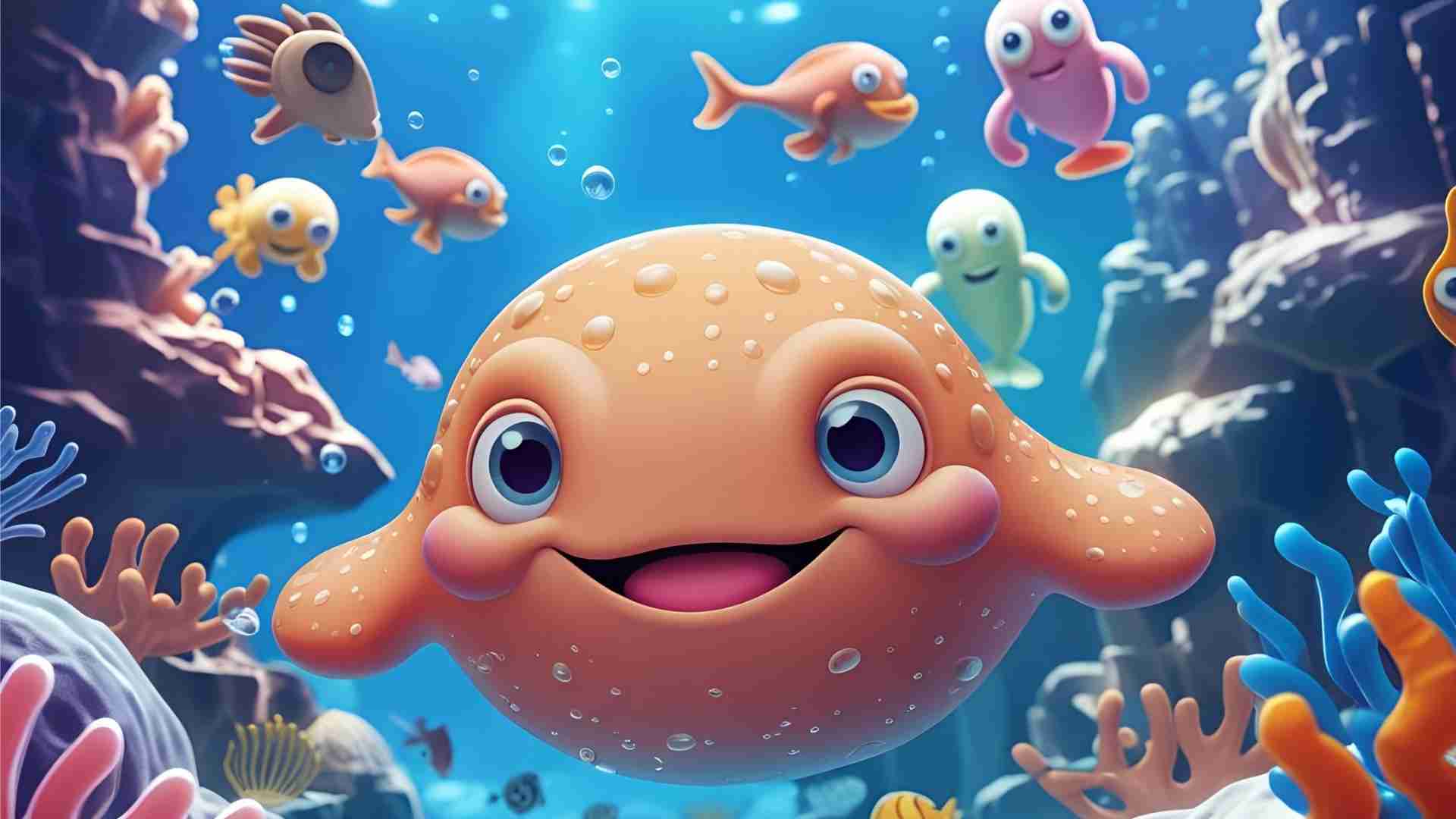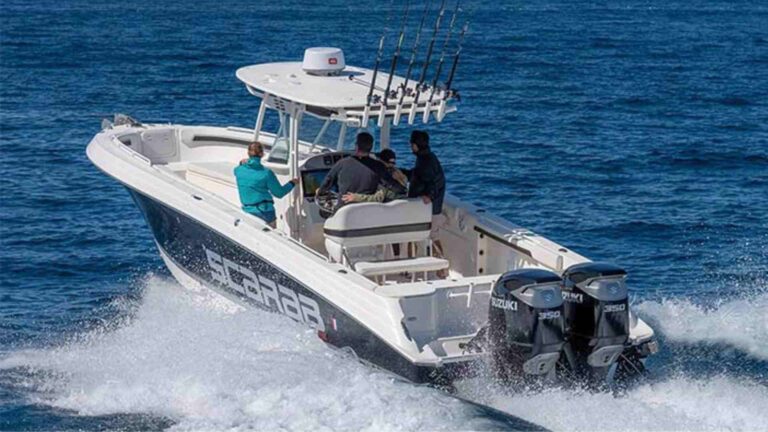The 20 Ugliest Fish in the Ocean (With Photos)
Discover the 20 ugliest fish in the ocean, from blobfish to anglerfish, with photos and fascinating facts about their unique adaptations.
The ocean is a vast and mysterious realm, home to over 30,000 species of fish, each uniquely adapted to its environment. While many conjure images of sleek, colorful creatures darting through coral reefs, others challenge our notions of beauty with their bizarre and unconventional appearances. These so-called “ugly” fish, with their disproportionate bodies, eerie features, and startling adaptations, are often overlooked in favor of their more charismatic counterparts. Yet, their unique traits are evolutionary marvels, perfectly suited for survival in some of the harshest environments on Earth. This article dives into the depths to explore 20 of the ocean’s ugliest fish, celebrating their peculiar beauty and the vital roles they play in marine ecosystems.
What Makes a Fish “Ugly”?
Human perceptions of beauty often hinge on symmetry, vibrant colors, and proportional features—qualities associated with health and vitality. Fish that deviate from these norms, with bulbous heads, jagged teeth, or slimy bodies, are frequently labeled as unattractive. However, these traits are not flaws but adaptations that enable survival in extreme conditions, such as the crushing pressures of the deep sea or predator-filled reefs. From bioluminescent lures to venomous spines, the features that make these fish “ugly” are often their greatest assets. This list highlights their fascinating biology and challenges us to reconsider what beauty means in the natural world.
The 20 Ugliest Fish in the Ocean
Below, we explore 20 fish species that stand out for their unconventional appearances, delving into their habitats, behaviors, and unique adaptations. Each entry includes key specifications to provide a deeper understanding of these remarkable creatures.
1. Blobfish (Psychrolutes marcidus)
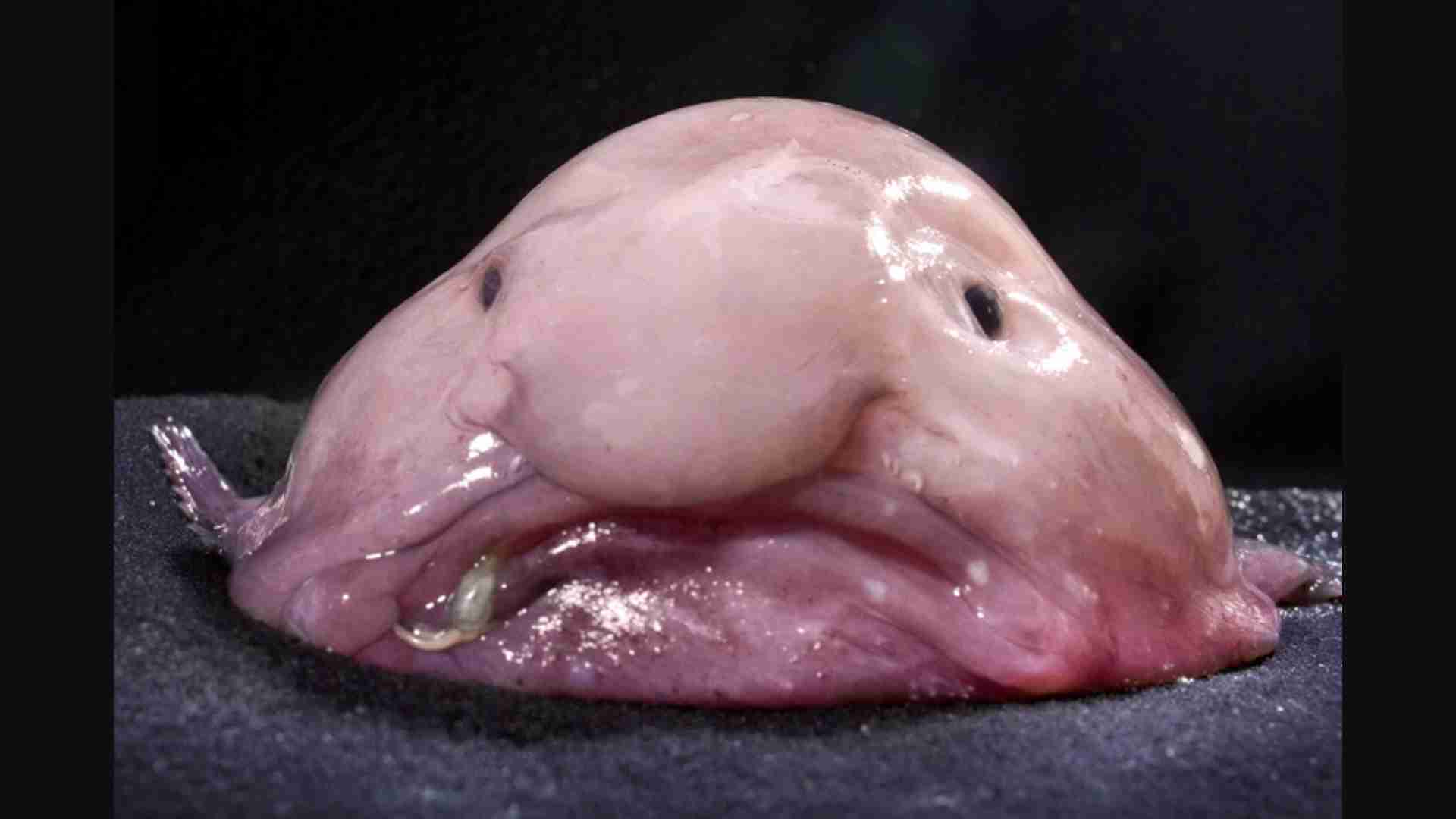
The blobfish, often crowned the “world’s ugliest fish,” is a deep-sea dweller found off the coasts of Australia and Tasmania at depths of 2,000–3,900 feet (600–1,190 meters). Its gelatinous body, slightly less dense than water, allows it to float effortlessly above the ocean floor, conserving energy in a food-scarce environment. On land, decompression transforms its appearance into a droopy, blob-like form, earning it comparisons to a cartoonish sad face. In its natural habitat, however, it resembles a typical fish.
Specifications:
- Length: Up to 12 inches (30 cm)
- Weight: Approximately 20 pounds (9 kg)
- Diet: Small crustaceans, worms, and other sea life
- Habitat: Deep waters of the Pacific Ocean
2. Anglerfish (Lophiiformes)
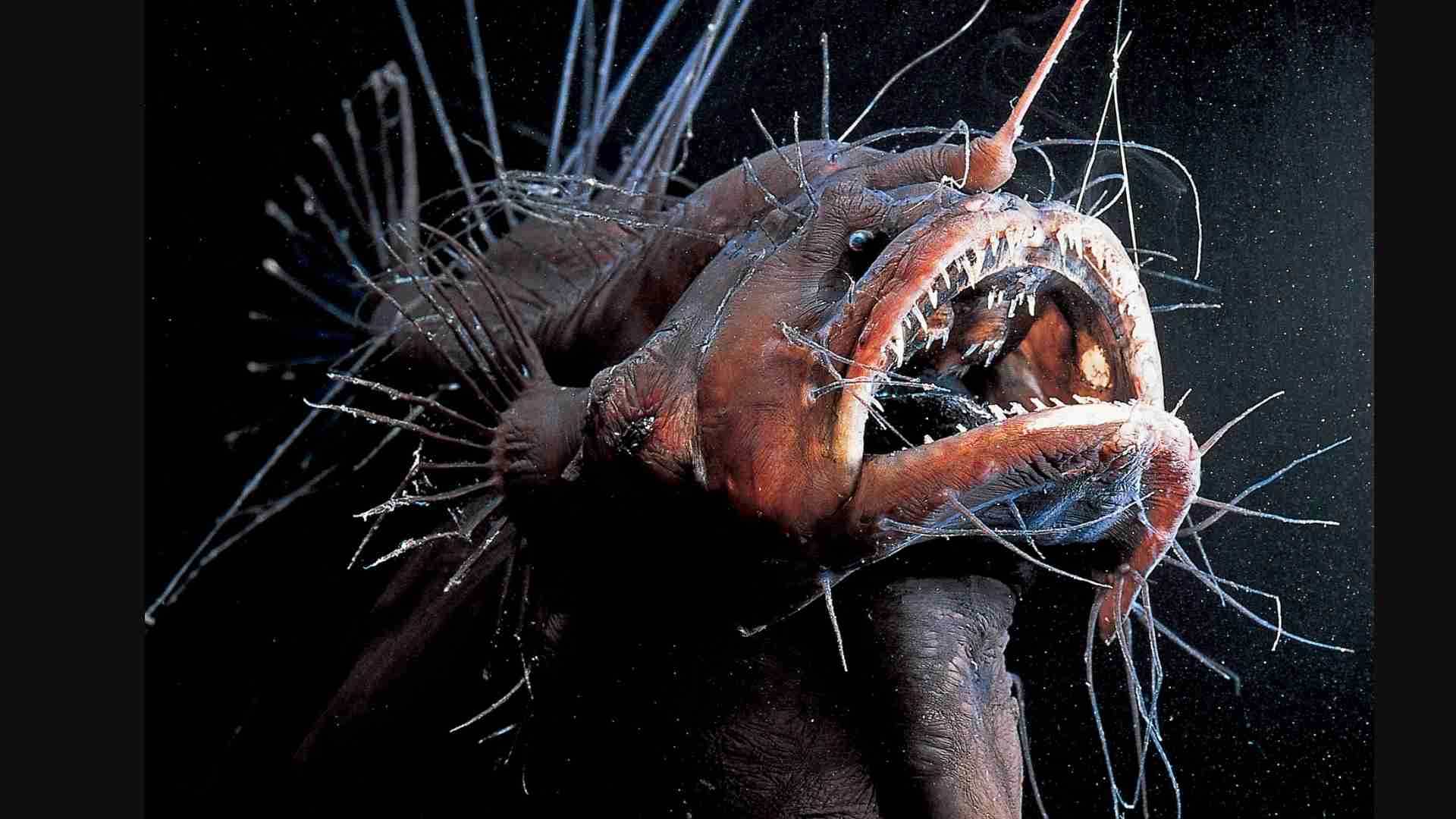
Anglerfish are iconic deep-sea predators, known for their bioluminescent lure—a modified dorsal spine called an illicium—that dangles above their gaping mouths to attract prey. Found at depths up to 9,800 feet (3,000 meters), these fish have expandable stomachs, allowing them to swallow prey twice their size. The males, significantly smaller, often fuse to females in a parasitic relationship, providing sperm in exchange for nutrients.
Specifications:
- Length: Females up to 3.3 feet (1 meter); males much smaller
- Diet: Fish, crustaceans
- Habitat: Global deep oceans
- Notable Feature: Bioluminescent lure
3. Gulper Eel (Saccopharynx spp.)
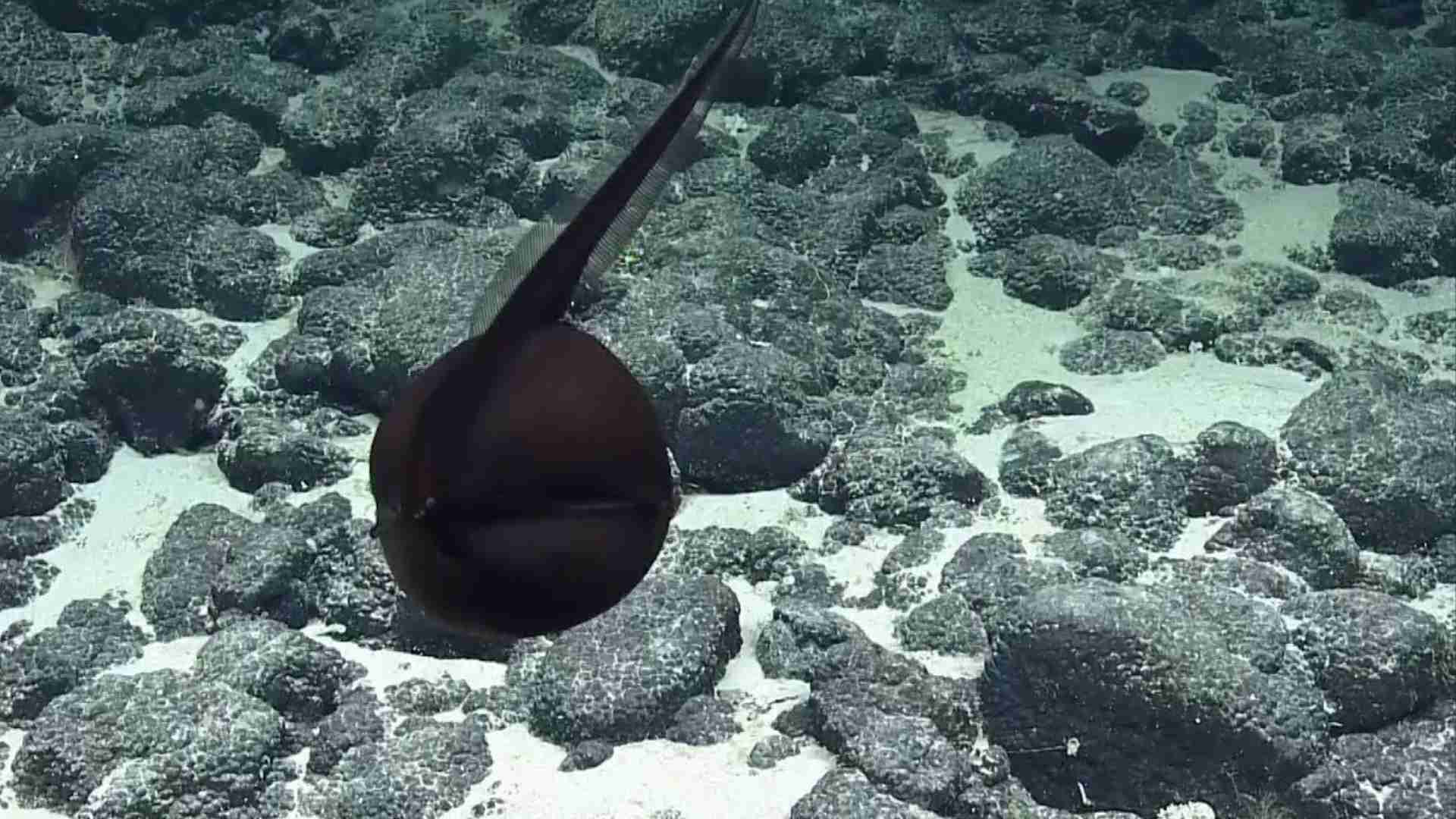
The gulper eel, also called the pelican eel, boasts an enormous mouth and a bioluminescent tail, which it uses to lure prey in the deep ocean (500–6,000 feet). Its jaw can unhinge to swallow large prey, and its slender, eel-like body allows it to navigate the dark depths with ease.
Specifications:
- Length: Up to 6 feet (1.8 meters)
- Diet: Fish, crustaceans
- Habitat: Deep oceans worldwide
- Notable Feature: Expandable mouth
4. Fangtooth (Anoplogaster cornuta)
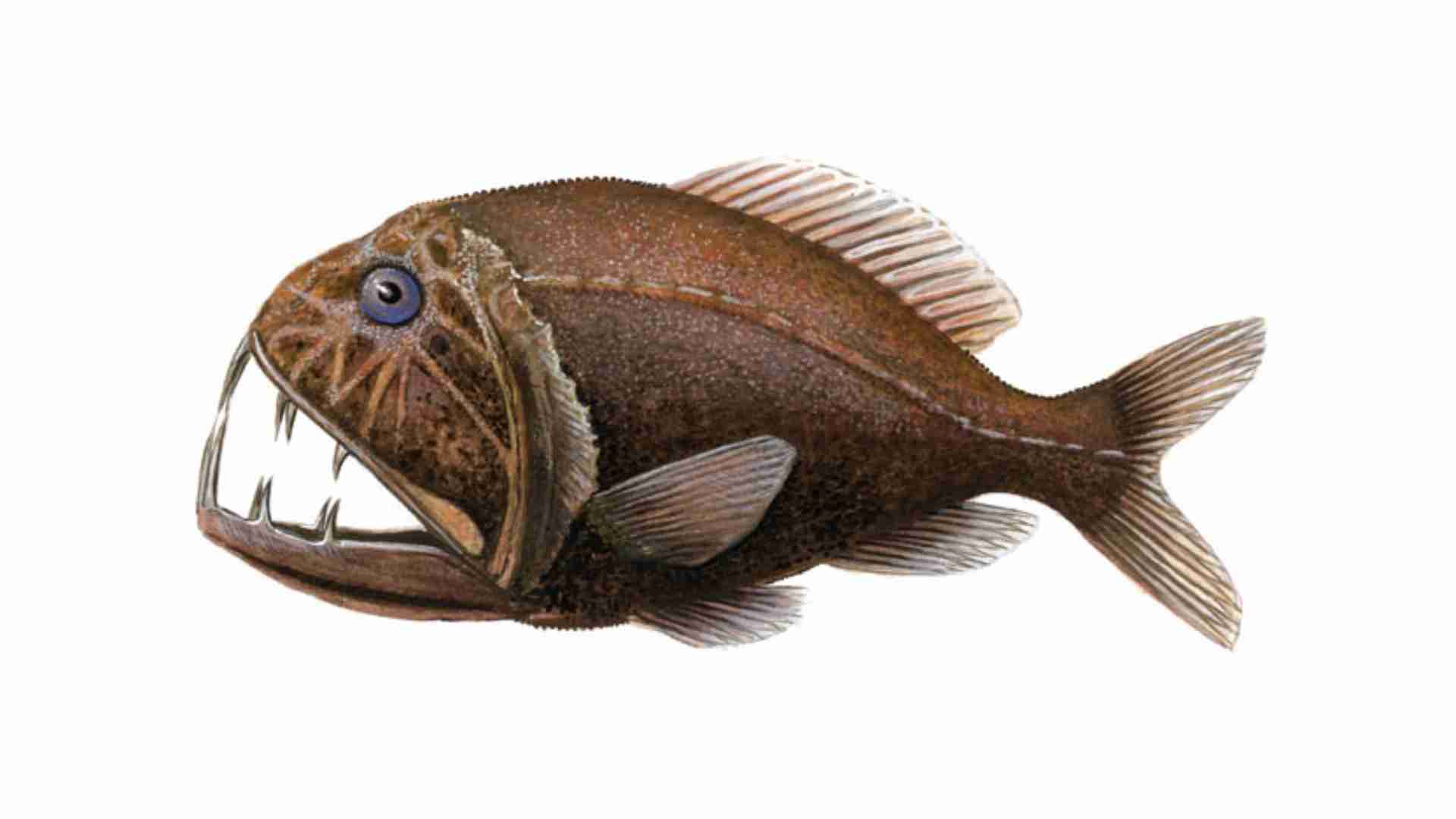
Fangtooths are among the deepest-living fish, found up to 16,400 feet (5,000 meters). Their oversized, needle-like teeth—too long to close their mouths fully—give them a menacing appearance. Despite their fierce look, they are small, typically 6 inches (15 cm), and feed on small fish and crustaceans in a low-food environment.
Specifications:
- Length: Up to 6 inches (15 cm)
- Diet: Small fish, crustaceans
- Habitat: Deep oceans globally
- Notable Feature: Proportionally large teeth
5. Viperfish (Chauliodus sloani)
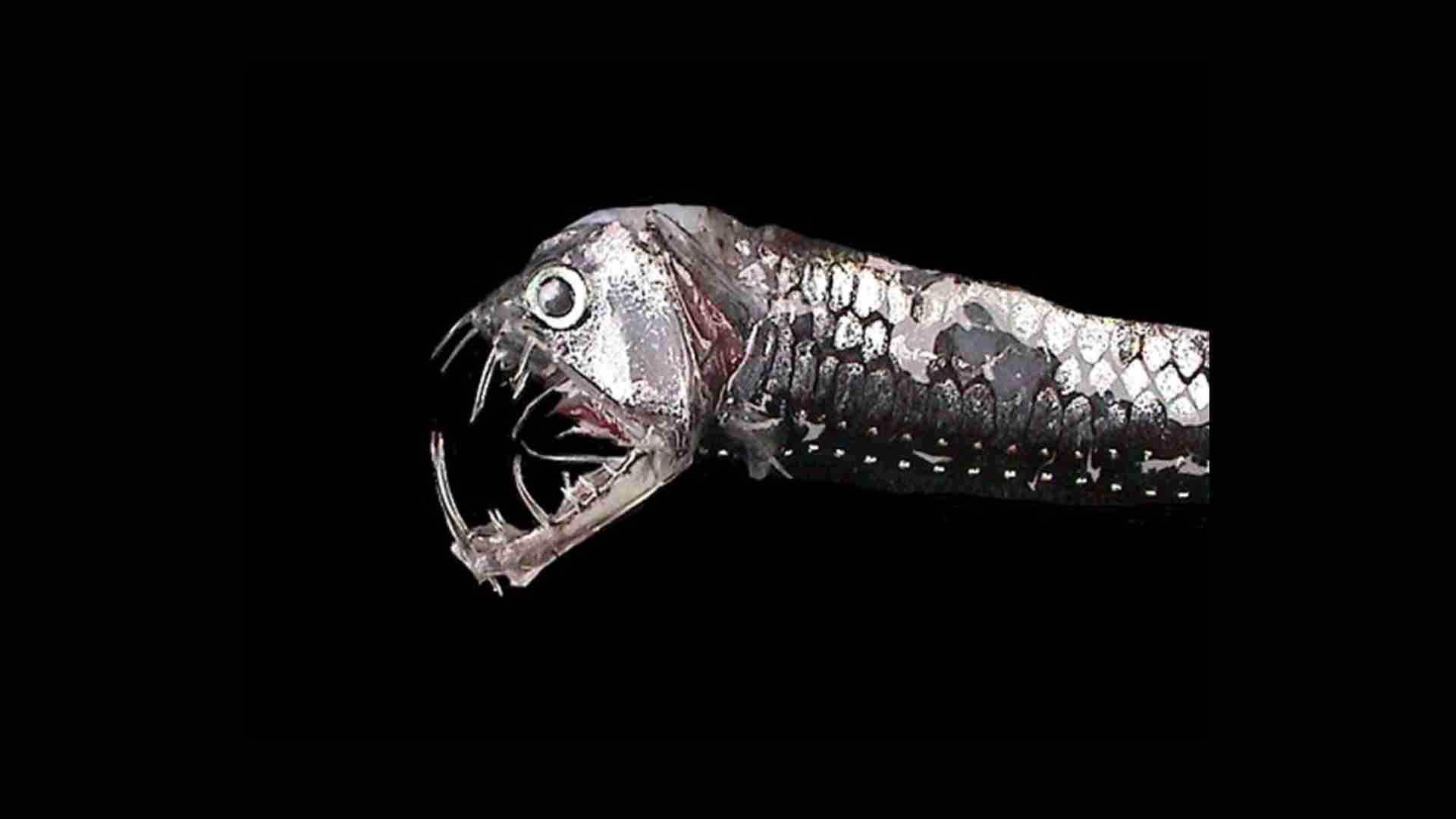
Sloane’s viperfish is a deep-sea predator with long, fang-like teeth that form a cage-like structure when its jaw is closed. Found at depths of 500–2,000 meters (1,640–6,560 feet), it uses photophores to attract prey. Its unhinged jaw allows it to capture prey over half its body size.
Specifications:
- Length: Up to 12 inches (30 cm)
- Diet: Crustaceans, small fish
- Habitat: Atlantic, Pacific, Indian Oceans
- Notable Feature: Photophores for bioluminescence
6. Frilled Shark (Chlamydoselachus anguineus)
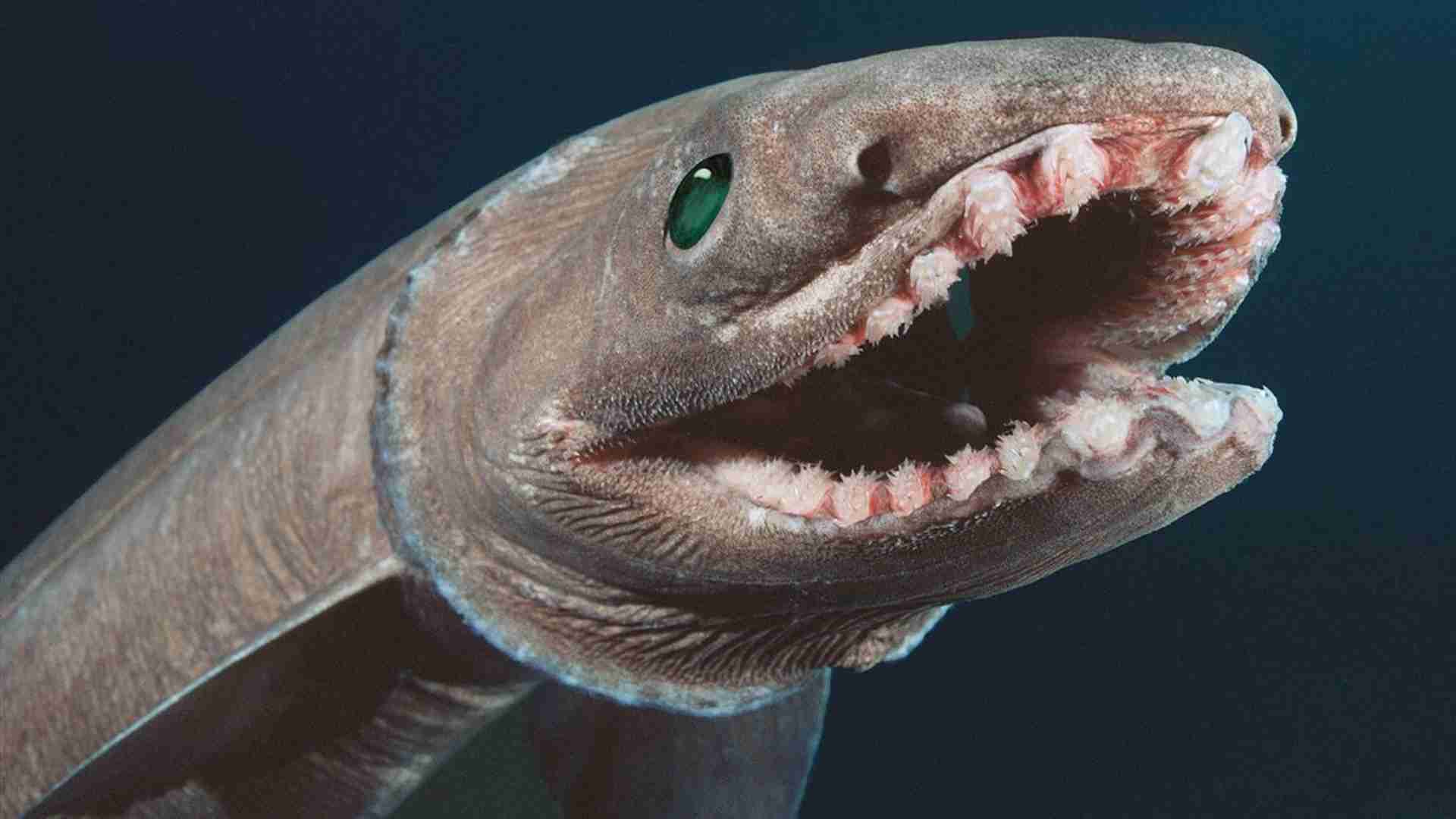
The frilled shark, a “living fossil,” has a serpentine body and frilled gill slits, giving it an eerie, prehistoric appearance. Inhabiting depths of 1,000–4,900 feet (300–1,500 meters), it lunges at prey like a snake, using its 300 needle-like teeth to capture squid and fish.
Specifications:
- Length: Up to 6.6 feet (2 meters)
- Diet: Squid, fish, other sharks
- Habitat: Atlantic and Pacific Oceans
- Notable Feature: Frilled gills
7. Barreleye (Macropinna microstoma)
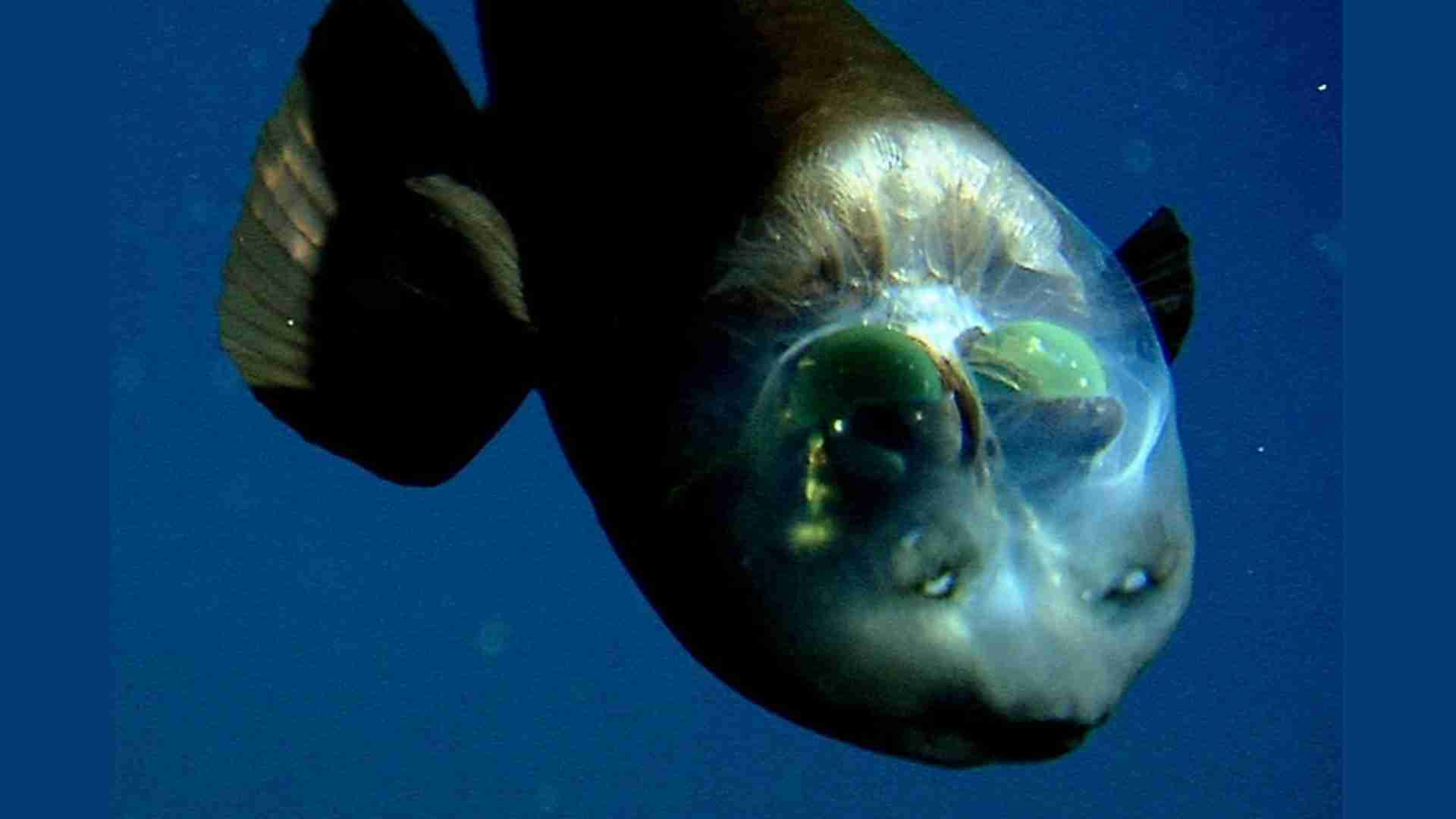
The barreleye fish is renowned for its transparent head, revealing barrel-shaped eyes that can rotate to look upward or forward. Found at 2,000–2,600 feet (600–800 meters) in the Pacific Ocean, it uses its sensitive eyes to spot prey silhouettes against faint surface light.
Specifications:
- Length: Up to 6 inches (15 cm)
- Diet: Jellyfish, small fish
- Habitat: Pacific Ocean
- Notable Feature: Transparent head
8. Black Scabbardfish (Aphanopus carbo)

This slender, black-scaled fish inhabits depths of 650–5,900 feet (200–1,800 meters). Its elongated body and sharp teeth contribute to its foreboding appearance, though it primarily feeds on small fish and squid.
Specifications:
- Length: Up to 3.6 feet (1.1 meters)
- Diet: Fish, squid
- Habitat: Atlantic Ocean
- Notable Feature: Scaly, eel-like body
9. Hatchet Fish (Sternoptychidae)
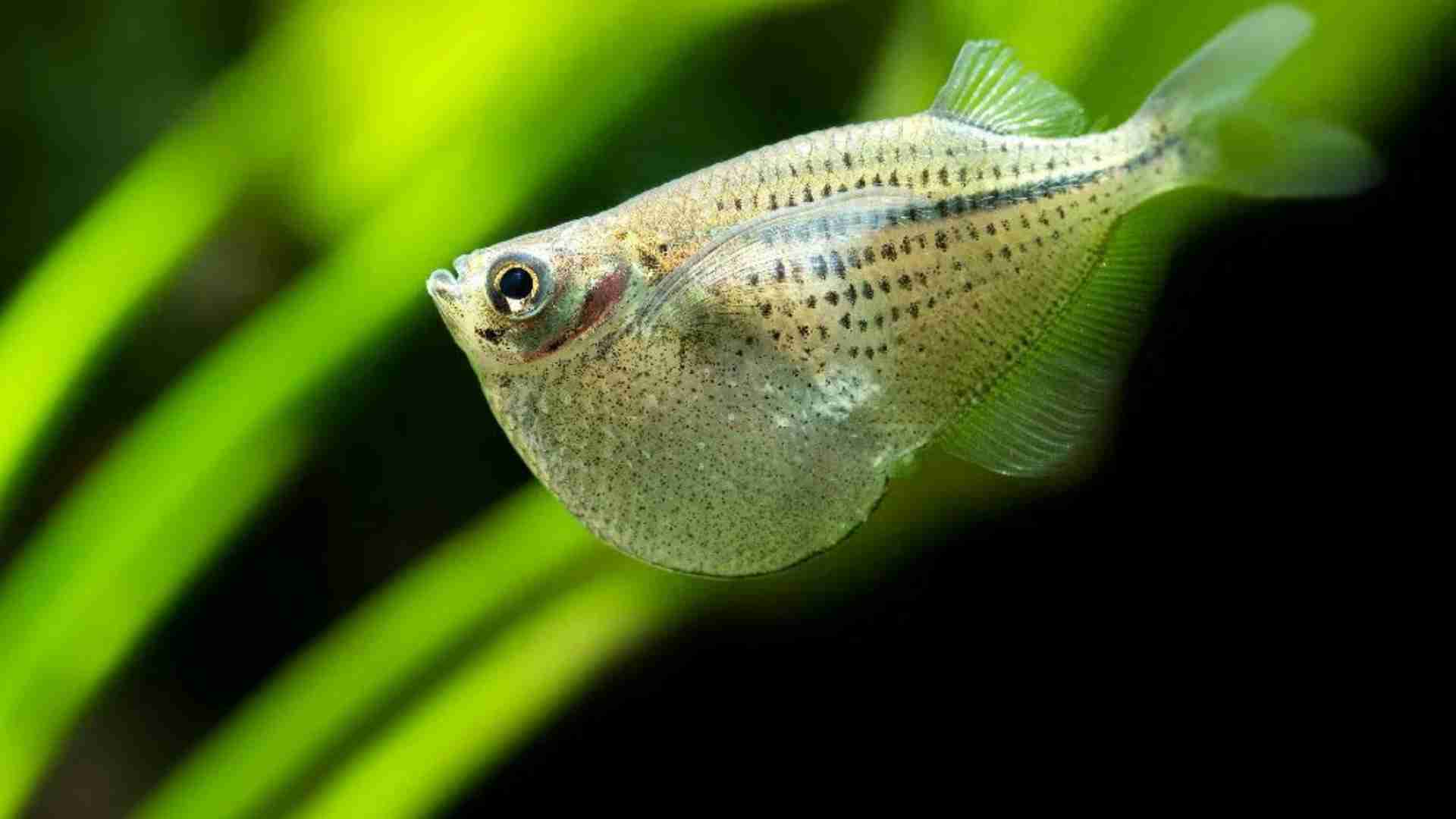
Hatchet fish have flattened, axe-shaped bodies and large, upward-facing eyes, adapted for life at 650–3,300 feet (200–1,000 meters). Their bioluminescent organs help them blend into the dim light of the deep sea.
Specifications:
- Length: Up to 4 inches (10 cm)
- Diet: Plankton, small crustaceans
- Habitat: Tropical and subtropical oceans
- Notable Feature: Bioluminescent organs
10. Bigmouth Sleeper (Gobiomorus dormitor)

Found in the deep North Atlantic, this fish has a cavernous mouth used to ambush prey. Its drab coloration and sluggish movement add to its unappealing look.
Specifications:
- Length: Up to 3 feet (90 cm)
- Diet: Fish, crustaceans
- Habitat: North Atlantic Ocean
- Notable Feature: Large mouth
11. Bumphead Parrotfish (Bolbometopon muricatum)

The bumphead parrotfish sports a prominent forehead bulge, growing up to 4.3 feet (1.3 meters). Found in Indo-Pacific reefs, it feeds on algae and coral, excreting sand that shapes beaches. Its mucus cocoon protects it from predators at night.
Specifications:
- Length: Up to 4.3 feet (1.3 meters)
- Weight: Over 75 pounds (34 kg)
- Diet: Algae, coral
- Habitat: Indo-Pacific reefs
12. Batfish (Ogcocephalidae)
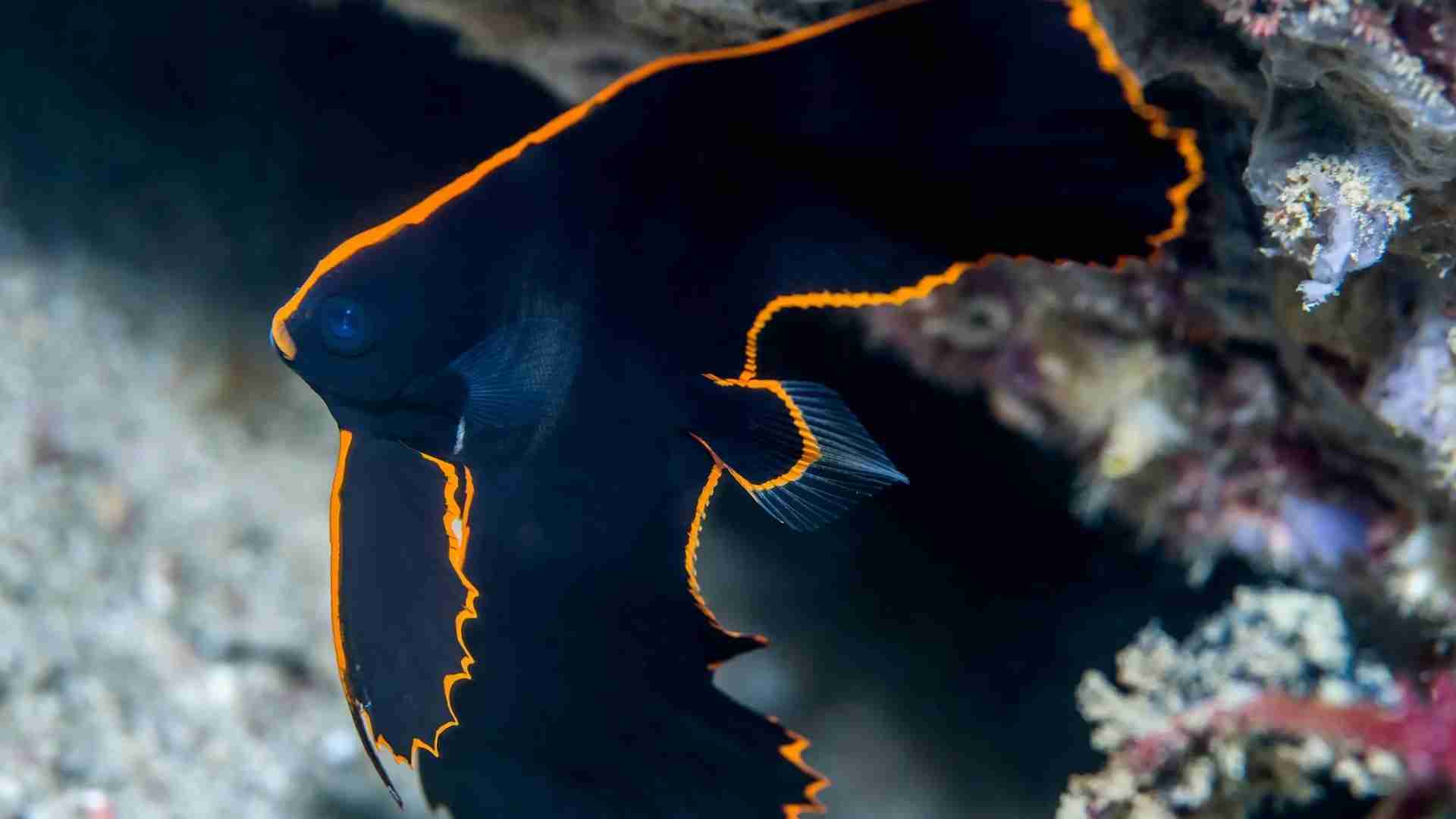
Batfish, with their flattened bodies and wing-like fins, “walk” along the ocean floor at depths од
Depths up to 1,300 feet (400 meters). They use a modified fin ray as a lure to capture small invertebrates.
Specifications:
- Length: Up to 15 inches (38 cm)
- Diet: Small invertebrates
- Habitat: Tropical and subtropical oceans
- Notable Feature: Wing-like pectoral fins
13. Striated Frogfish (Antennarius striatus)
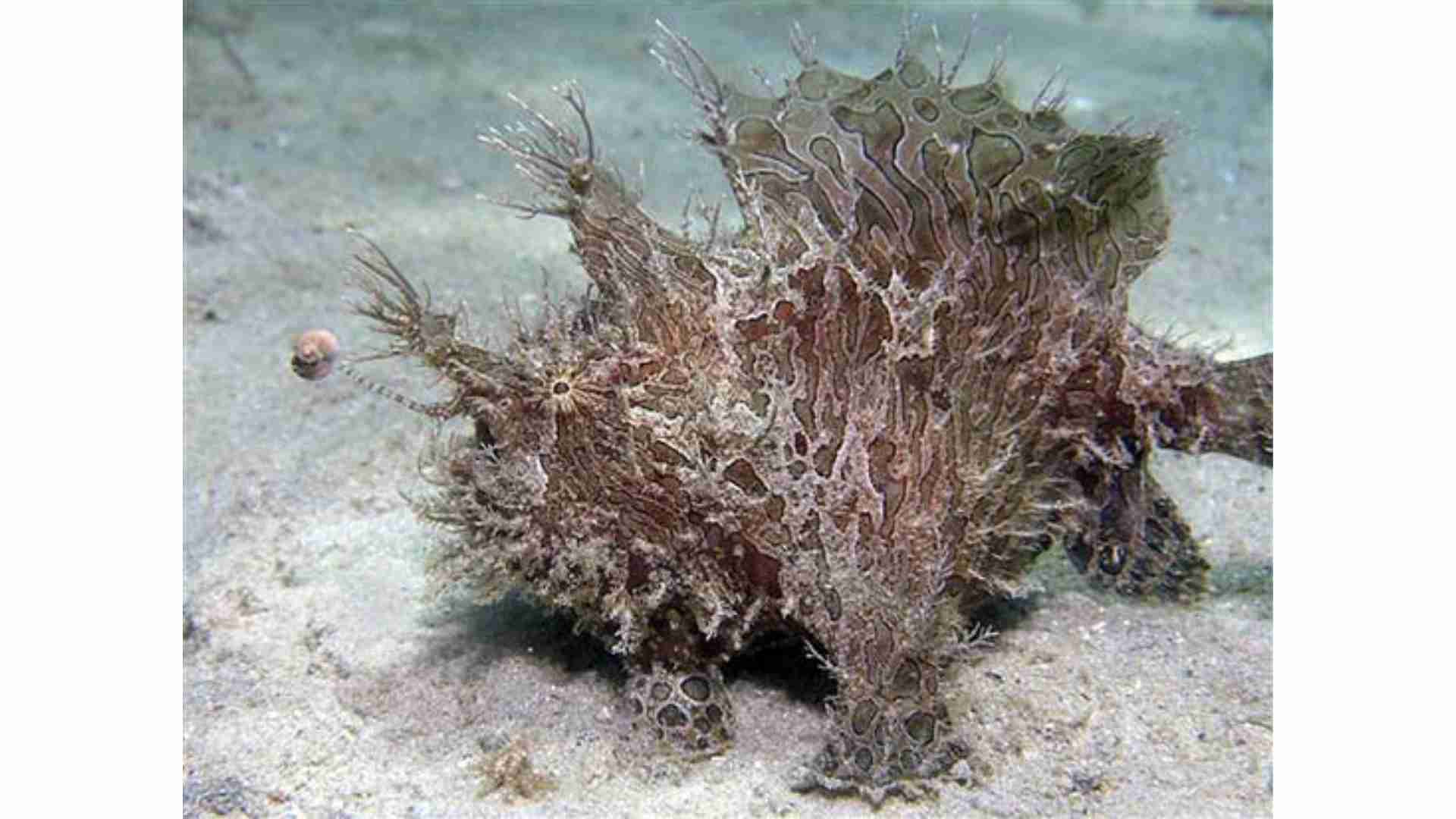
The striated frogfish, or hairy frogfish, has a shaggy, camouflaged appearance, blending into coral reefs. It uses an illicium and esca to lure prey, swallowing them whole with its expandable mouth.
Specifications:
- Length: Up to 10 inches (25 cm)
- Diet: Fish, crustaceans
- Habitat: Tropical and subtropical waters
- Notable Feature: Hair-like protrusions
14. Wolffish (Anarhichas lupus)
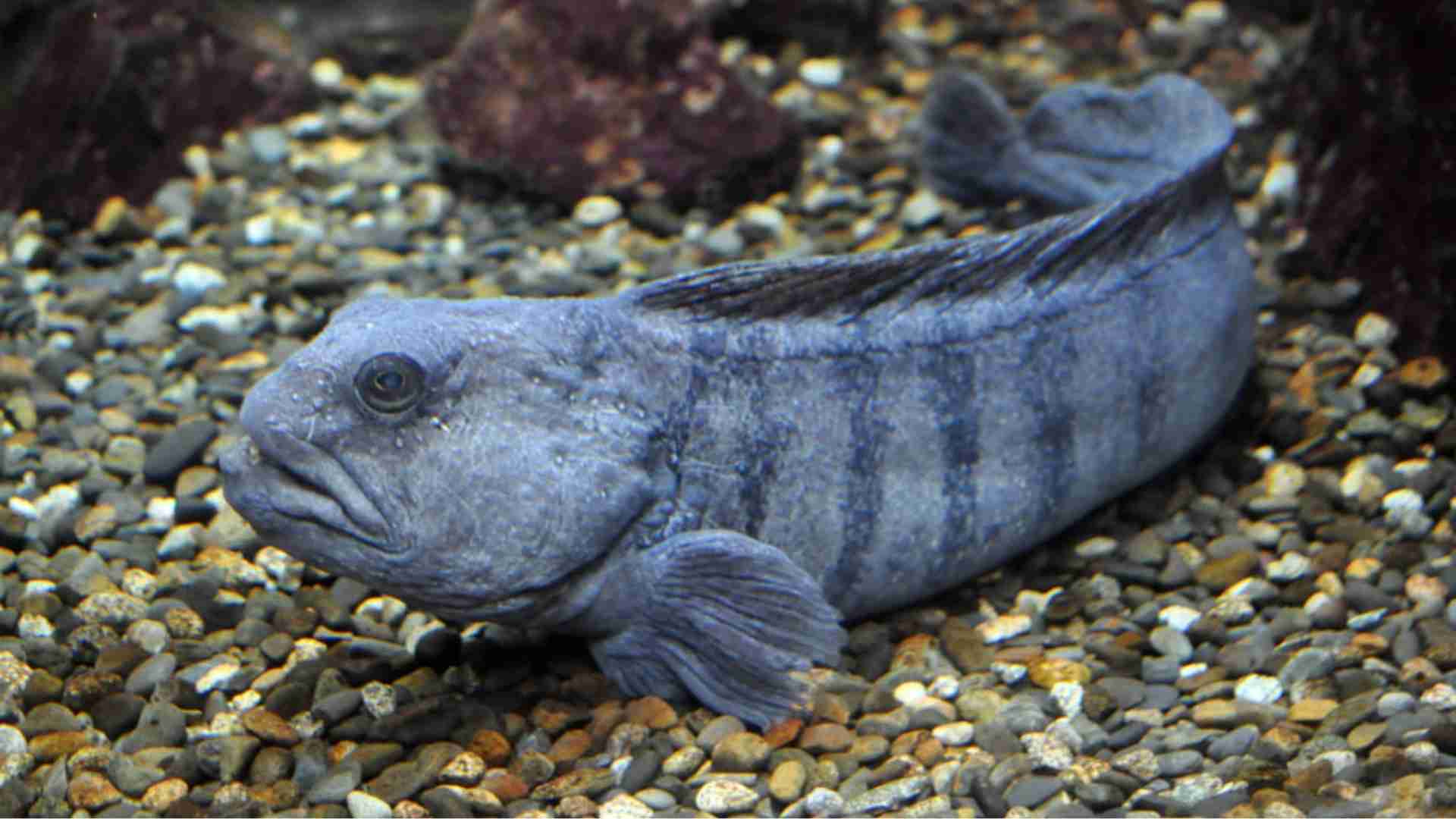
The Atlantic wolffish, with its powerful jaws and crushing teeth, feeds on hard-shelled prey like crabs and urchins. Found in cold North Atlantic waters up to 1,600 feet (500 meters), its antifreeze-like blood proteins aid survival.
Specifications:
- Length: Up to 5 feet (1.5 meters)
- Weight: Up to 40 pounds (18 kg)
- Diet: Sea urchins, crabs, mollusks
- Habitat: North Atlantic Ocean
15. Hagfish (Myxine spp.)
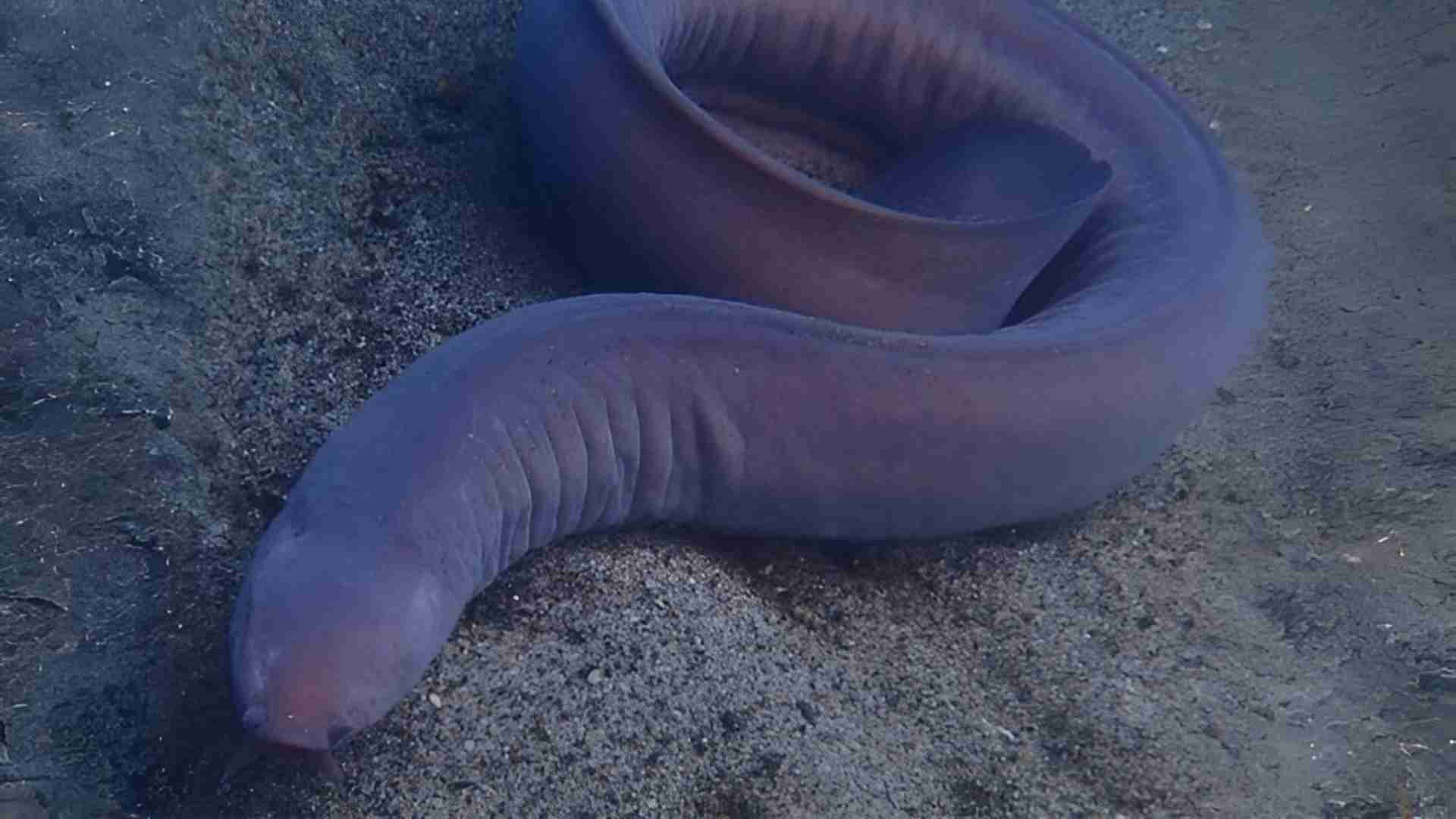
Hagfish, or slime eels, produce copious slime to deter predators. These jawless fish feed on dead or dying fish, burrowing into carcasses with rasping plates. Their leather-like skin is used in fashion.
Specifications:
- Length: Up to 4 feet (1.2 meters)
- Diet: Dead or dying fish
- Habitat: Cold ocean waters worldwide
- Notable Feature: Slime production
16. Monkfish (Lophius piscatorius)
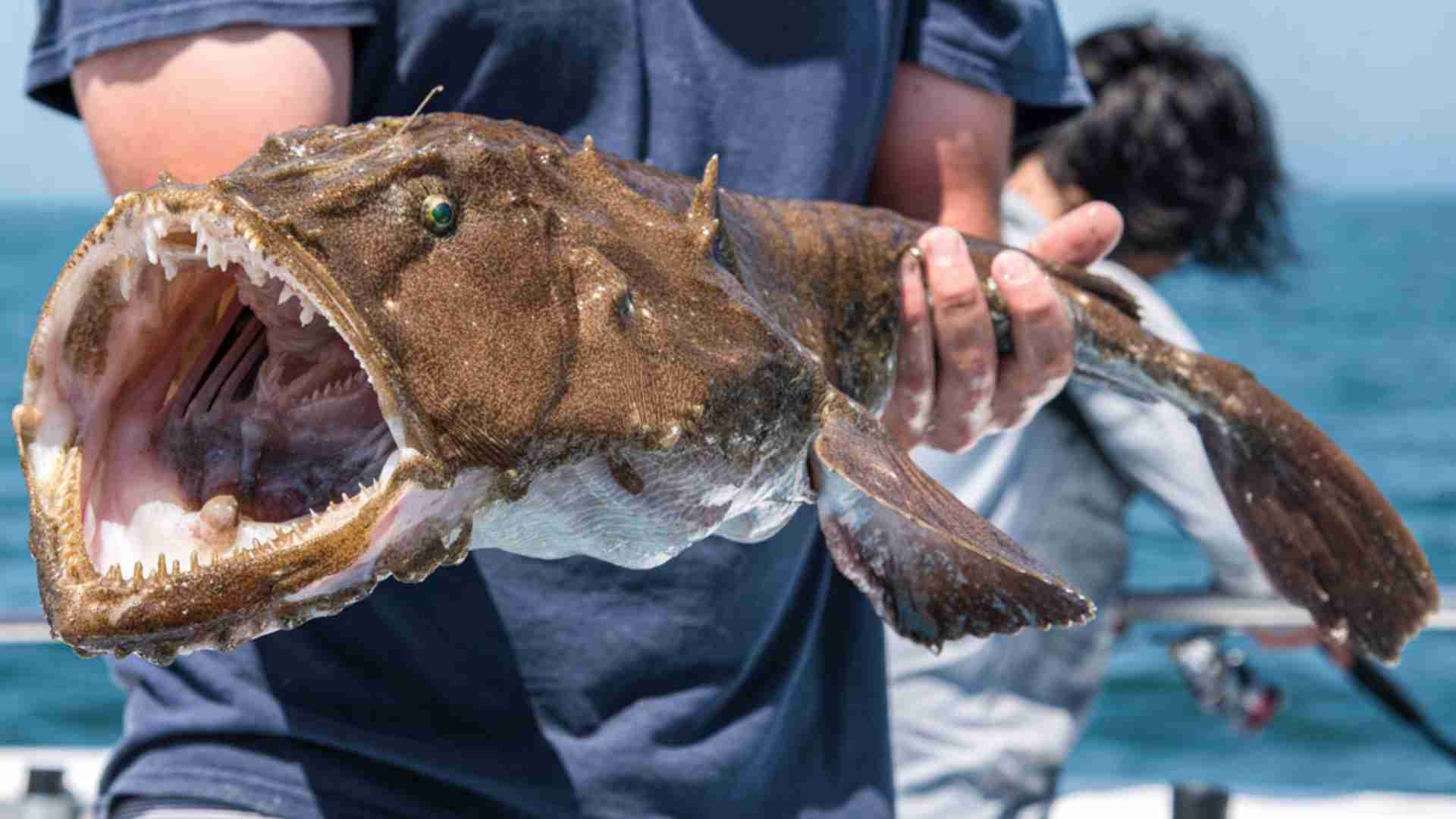
The monkfish’s monstrous appearance includes a gaping mouth and expandable stomach. Found in the Atlantic at depths up to 1,900 feet (600 meters), its tail meat is a culinary delicacy.
Specifications:
- Length: Up to 6.6 feet (2 meters)
- Weight: Up to 200 pounds (91 kg)
- Diet: Fish, shellfish, seabirds
- Habitat: Atlantic Ocean
17. Stonefish (Synanceia spp.)

The stonefish, the world’s most venomous fish, blends into coral reefs with its mottled appearance. Its venomous dorsal spines cause severe pain, and it can survive out of water for up to 24 hours.
Specifications:
- Length: Up to 20 inches (50 cm)
- Diet: Fish, crustaceans
- Habitat: Indo-Pacific coastal regions
- Notable Feature: Venomous spines
18. Lancetfish (Alepisaurus ferox)
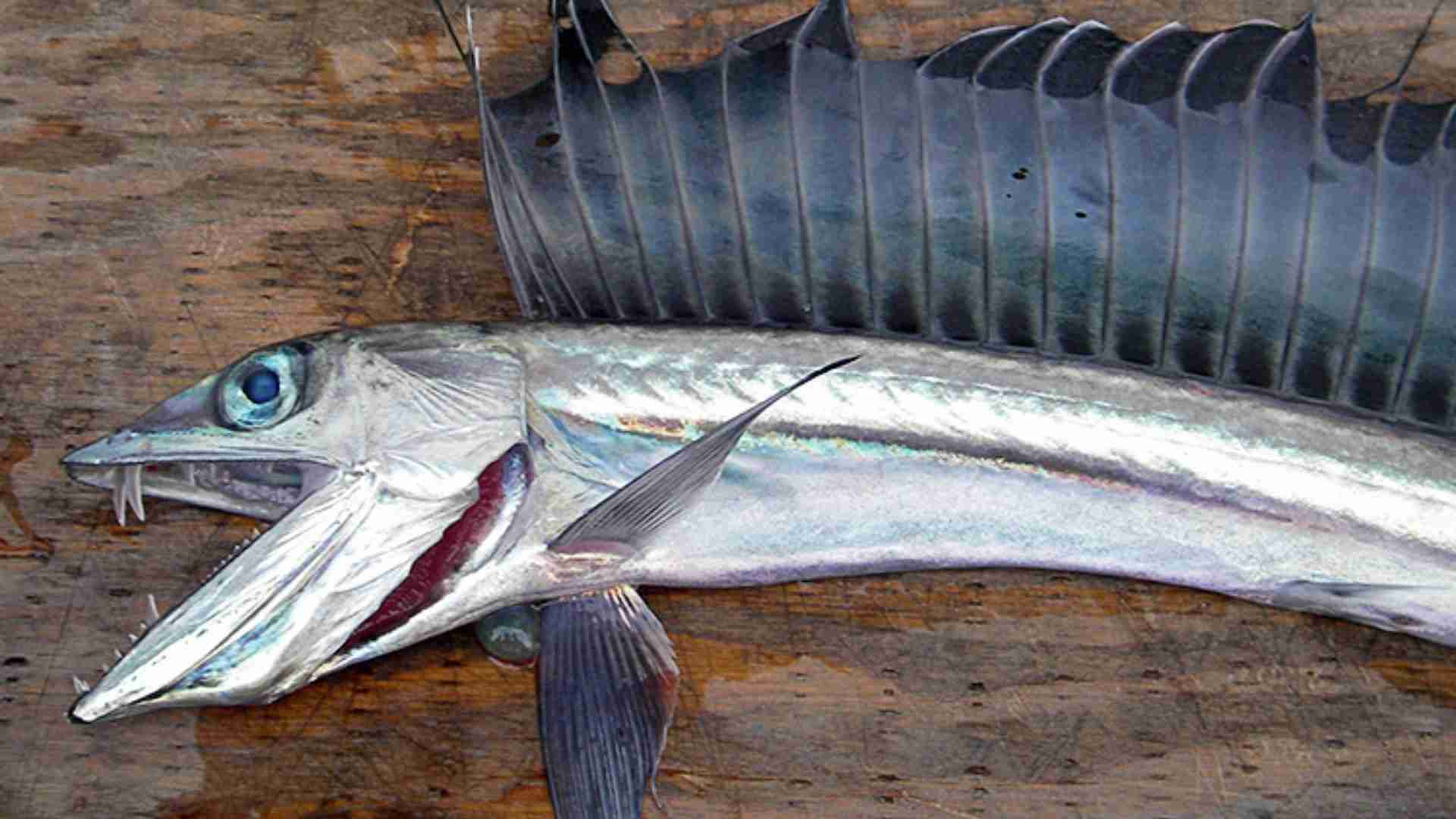
Lancetfish have a prehistoric look with large eyes and fang-like teeth. Found in mid-water depths up to 6,000 feet (1,830 meters), they are opportunistic feeders but often prey for larger predators.
Specifications:
- Length: Up to 6.6 feet (2 meters)
- Diet: Fish, cephalopods
- Habitat: All oceans except polar regions
- Notable Feature: Long dorsal fin
19. Goblin Shark (Mitsukurina owstoni)

The goblin shark, a “living fossil,” has a protrusible jaw that snaps forward to catch prey. Its pink, semi-transparent skin reveals blood vessels, adding to its eerie look.
Specifications:
- Length: Up to 13 feet (4 meters)
- Diet: Cephalopods, crustaceans, fish
- Habitat: Deep continental shelves
- Notable Feature: Protrusible jaw
20. Stargazer (Uranoscopidae)

Stargazers bury themselves in sand, using upward-facing eyes to spot prey. Some species deliver electric shocks via specialized organs, stunning prey or deterring predators.
Specifications:
- Length: Up to 20 inches (50 cm)
- Diet: Crustaceans, small fish
- Habitat: Tropical and temperate oceans
- Notable Feature: Electric shock capability
Chart: Deep-Sea Fish Adaptations
Below is a chart illustrating the key adaptations of selected deep-sea fish from this list, highlighting how their “ugly” features aid survival.
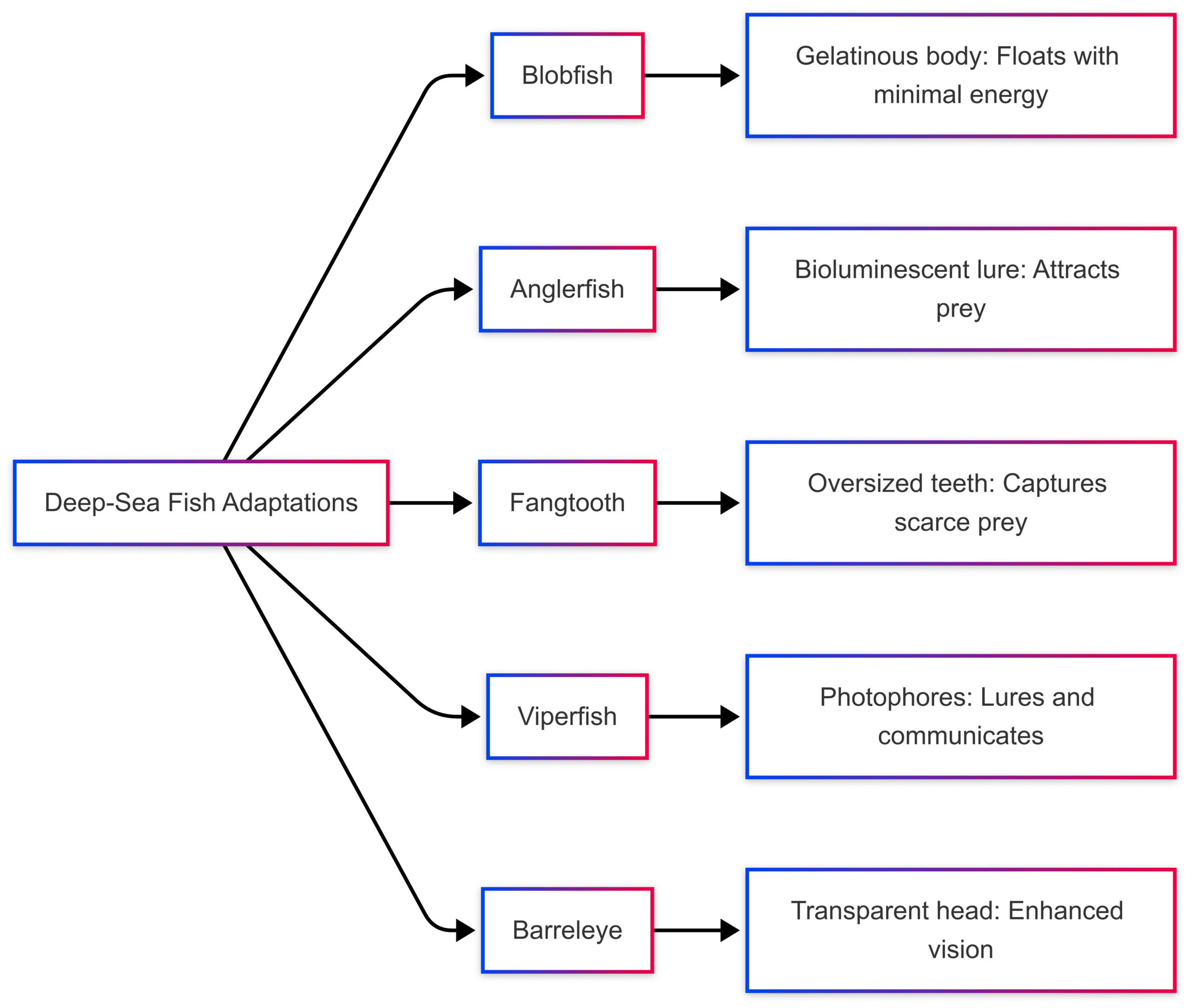
Table: Comparison of Selected Ugly Fish
| Fish | Depth Range (feet) | Key Feature | Diet | Conservation Status |
|---|---|---|---|---|
| Blobfish | 2,000–3,900 | Gelatinous body | Small crustaceans, worms | Vulnerable |
| Anglerfish | Up to 9,800 | Bioluminescent lure | Fish, crustaceans | Not assessed |
| Fangtooth | Up to 16,400 | Oversized teeth | Small fish, crustaceans | Not assessed |
| Viperfish | 500–2,000 | Photophores | Crustaceans, small fish | Not assessed |
| Barreleye | 2,000–2,600 | Transparent head | Jellyfish, small fish | Not assessed |
Why “Ugly” Fish Matter
The term “ugly” is a human construct, often unfairly applied to these remarkable creatures. Their unconventional appearances are the result of millions of years of evolution, tailored to environments where survival demands ingenuity. For instance, the blobfish’s gelatinous body conserves energy in the deep sea, while the anglerfish’s lure is a masterstroke of predatory strategy. These fish play critical roles in their ecosystems, from recycling nutrients (hagfish) to shaping coral reefs (bumphead parrotfish).
Moreover, many of these species face threats from overfishing, habitat destruction, and climate change. The blobfish, for example, is considered vulnerable due to deep-sea trawling. The Ugly Animal Preservation Society’s 2013 campaign, which named the blobfish the “world’s ugliest animal,” highlighted the need to protect less charismatic species. With over one million species at risk of extinction globally, these “ugly” fish deserve conservation attention as much as their more attractive counterparts.
Final Thoughts
The ocean’s “ugliest” fish challenge our aesthetic biases, revealing the beauty of adaptation in the harshest environments. From the blobfish’s energy-saving form to the barreleye’s transparent head, each species showcases nature’s creativity. By appreciating these oddballs, we gain a deeper understanding of marine biodiversity and the urgent need to protect it. Next time you encounter a fish that makes you say “Yikes!”, consider the evolutionary brilliance behind its bizarre appearance—it’s a testament to survival in the unforgiving depths of the sea.
Happy Boating!
Share The 20 Ugliest Fish in the Ocean (With Photos) with your friends and leave a comment below with your thoughts.
Read Types of Boats: From Sailboats to Speedboats until we meet in the next article.
